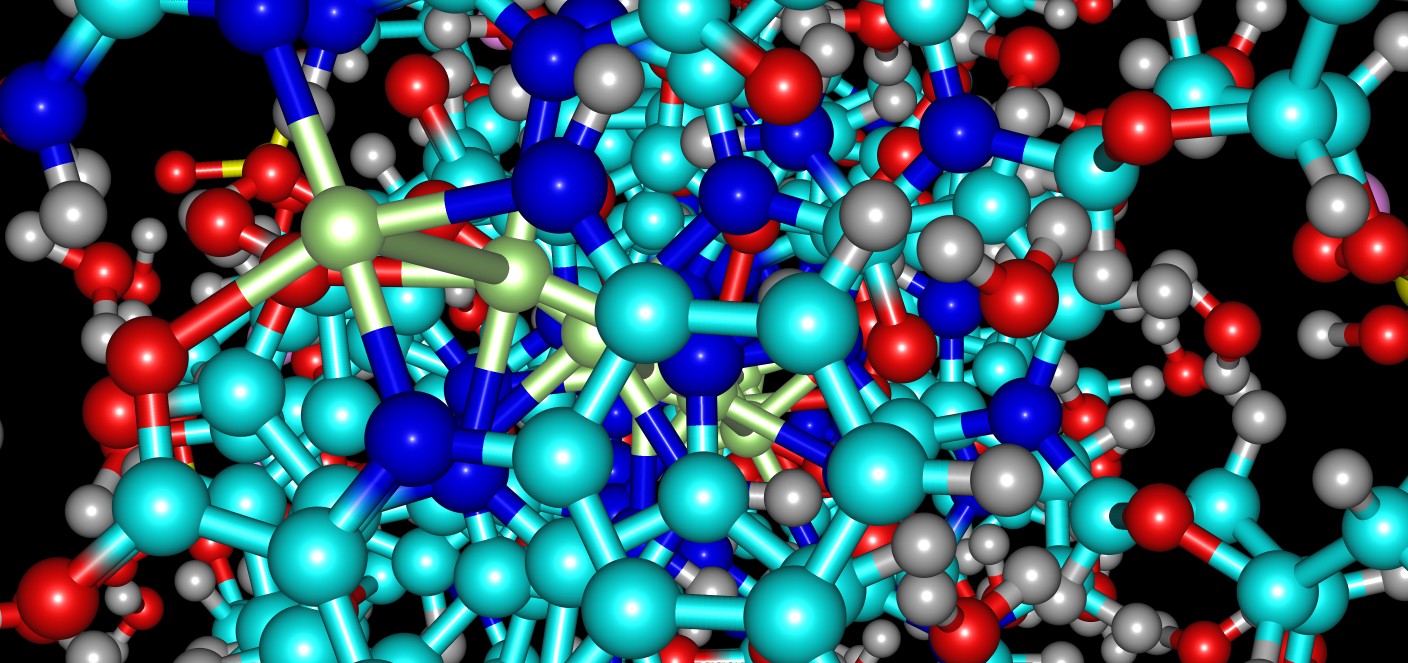This web is dedicated to compiling molecular data related to InChI Key Google searchable codes.
This website pretends to be a valuable resource for scientists, researchers, and students who are working with chemicals and compounds. This InChI Key database provides information on the properties, structures, and characteristics of a wide variety of molecules, as well as links to other resources and tools for studying and analyzing these molecules.
What is InChI Key?
The international chemical identifier “International Chemical Identifier” InChI Key was created in 2007 by the IUPAC to facilitate the search on the Internet (Google) for chemical compounds in a more efficient way than by chemical systematic names.

InChI Key is based on the InChI (International Chemical Identifier), which is a standardized way of representing the structure of a chemical compound as a text string. Moreover, the InChI Key is a shortened version of the InChI that can be used to identify a chemical compound in a more compact and convenient way.
Example of InChI code and InChI Key string for the benzene molecule:
- InChI code: InChI=1S/C6H6/c1-2-4-6-5-3-1/h1-6H
- InChI Key: UHOVQNZJYSORNB-UHFFFAOYSA-N
The InChI Key is typically used to index chemical compounds in databases and to identify compounds in scientific literature and other sources. It consists of a series of letters and numbers that can be used to distinguish one chemical compound from another. The InChI Key is designed to be easy to use and handle, and it is intended to be a more reliable and efficient way of identifying chemical compounds than other methods such as using structural formulas or common names.
InChI Keys are generated using algorithms that take into account the structure of the chemical compound, including its atoms, bonds, and other structural features. The InChI Key is intended to be a unique identifier for a chemical compound, meaning that no two chemical compounds should have the same InChI Key. However, it is possible for different chemical compounds to have similar InChI Keys if their structures are similar, so the InChI Key should not be used as the sole basis for identifying a chemical compound.
Goal of this website
With this in mind, the aim of this website is to compile the most relevant information related to molecules, which is indexed by inchikey codes, and make it available in a way that is easily accessible to the general public, without the need of having to know how to use sophisticated databases.
Search By Topic
Other Categories
Trending topic
Molecule of the month
These are some of the many examples that demonstrate how Chemistry can contribute to solving some of the problems of today’s society. Furthermore, the following list include five areas in which molecules have a relevant contribution:
- Medicines: Many of the medications used in modern medicine are made from molecules specifically designed to interact with the human body in specific ways. For example, aspirin reduce inflammation and pain, while statins are molecules lower cholesterol levels.
- Materials: Many of the materials used in everyday life, such as plastics, fibers, and coatings, are made from molecules designed to have specific properties. For example, polyethylene is used to make plastic bags, while nylon is used to make clothing and other textiles.
- Fuels: Many of the fuels employed to power vehicles and generate electricity are made from molecules that contain large amounts of energy. For example, gasoline and diesel are both made from molecules derived from petroleum, while ethanol can be originated from plants and used as a fuel additive.
- Food and beverages: Many of the foods and beverages consumed on a daily basis are made from molecules that provide energy and nutrients to our bodies. For example, carbohydrates, proteins, and fats are found in food and play key roles in our diet.
- Cosmetics and personal care products: Many of the products that we use to care for our bodies and appearance are made from molecules designed to have specific properties. Shampoos and conditioners are examples which contain molecules designed to clean and moisturize the hair, while lotions and creams include molecules to moisturize and protect the skin.